Welcome to the baking and pastry vocabulary page! This page contains a comprehensive list of vocabulary words related to baking and pastry. You can expect to find links to games, flashcards, and other resources to help you study and improve your understanding of this subject. Whether you are a culinary student or just passionate about baking, this page is a great resource for expanding your knowledge in this area.
Baking and pastry is a culinary art that involves creating delicious desserts, breads, and pastries through the process of baking. This intricate skill requires a good understanding of ingredients, measurements, and techniques to produce mouthwatering treats. From flaky croissants to decadent cakes, the world of baking and pastry offers endless possibilities for creativity and indulgence. Whether you’re a seasoned baker or a novice looking to expand your skills, mastering the art of baking and pastry can bring joy and satisfaction to both the baker and those fortunate enough to enjoy the delicious creations.
Practice & Reinforce Your Learning
Baking And Pastry Vocabulary List
Ingredients
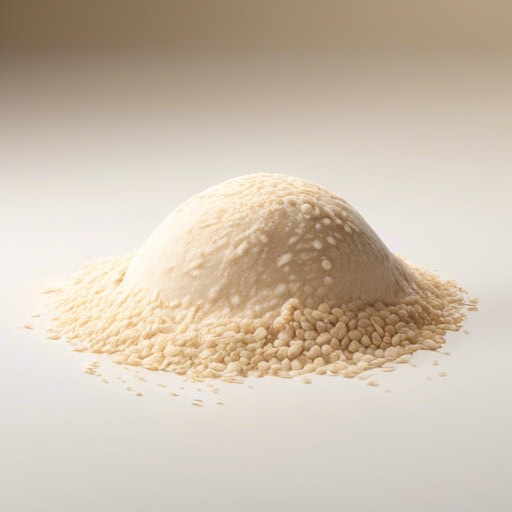
- The yeast in the bread dough began to ferment, causing it to rise and become fluffy.
- After adding the yeast to the mixture, I let the dough sit for an hour to allow it to double in size.
- The key to a successful bread recipe is ensuring that the yeast is fresh and active before adding it to the dough.
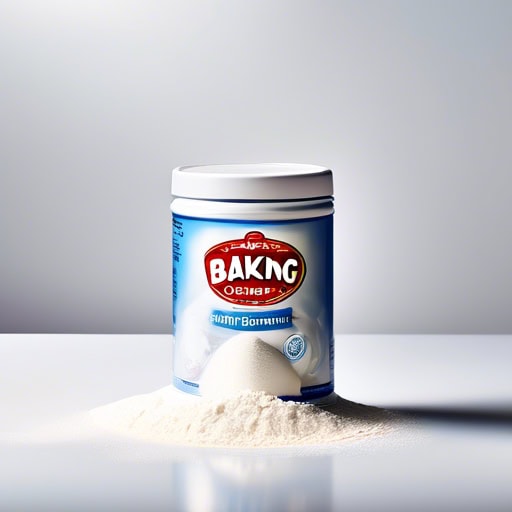
- When making pancakes, be sure to use baking powder to help them rise properly.
- I added baking powder to the cake batter to make it light and fluffy.
- If you run out of baking powder, you can make a substitute by combining baking soda and cream of tartar.
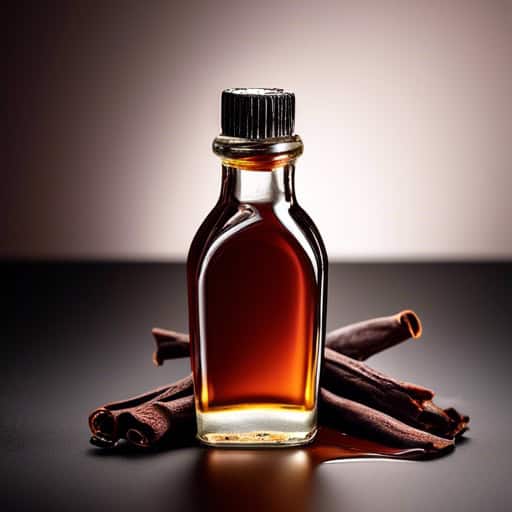
- I added a teaspoon of vanilla extract to the cookie dough for a rich and aromatic flavor.
- The vanilla extract gave the frosting a delicious and sweet taste.
- The recipe called for a splash of vanilla extract to enhance the overall flavor of the cake.
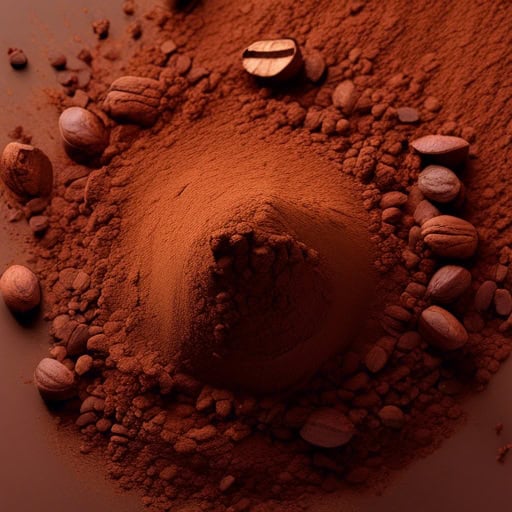
- I added a tablespoon of cocoa powder to my chocolate cake batter for a rich, chocolaty taste.
- The hot cocoa was made with milk, sugar, and a sprinkle of cocoa powder on top.
- The recipe called for sifting the cocoa powder with the flour to ensure a smooth texture in the brownies.
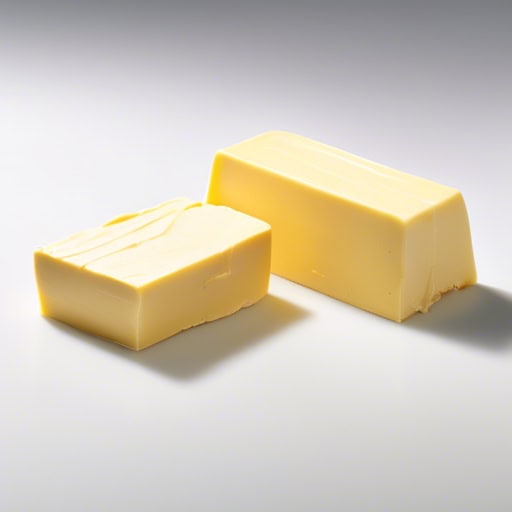
- Spread a generous amount of butter on the warm toast for a delicious breakfast treat.
- The buttery croissants at the bakery are always a popular choice among customers.
- I like to add a dollop of butter to my mashed potatoes for extra creaminess.
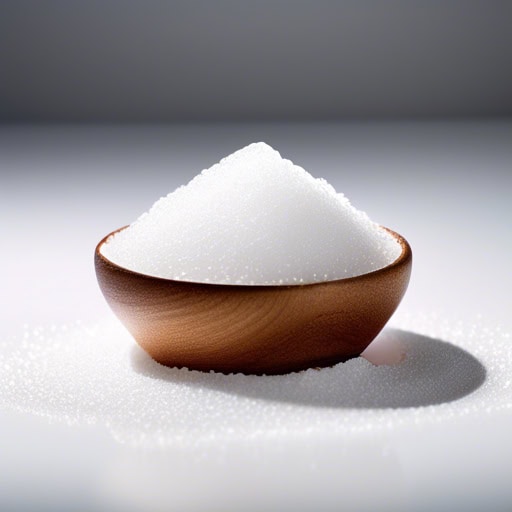
- I like to add a little extra sugar to my coffee in the mornings for a sweet boost of flavor.
- My grandma's famous chocolate chip cookies are always the perfect balance of sugar and chocolate.
- The recipe called for a cup of sugar, but I decided to use a little less to make it a bit healthier.
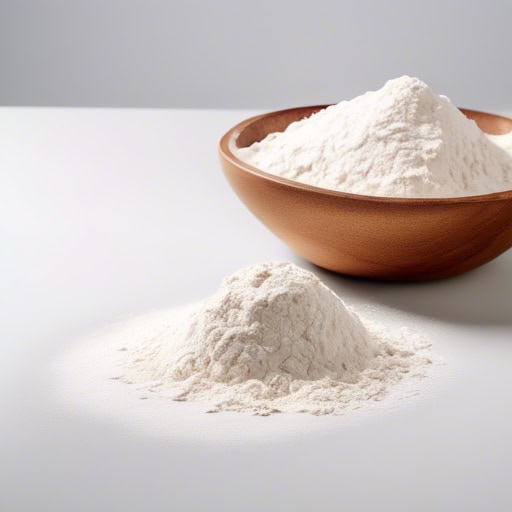
- She measured out two cups of flour to make the cake batter.
- The bread recipe called for a mixture of whole wheat flour and all-purpose flour.
- The pastry chef sifted the flour before adding it to the dough mixture.
Mixing techniques

- The chef used an immersion blender to emulsify the vinaigrette dressing.
- When you whisk the ingredients together, they will emulsify and create a creamy consistency.
- The key to a smooth and velvety sauce is to slowly emulsify the oil into the liquid.

- She used a whisk to quickly mix the eggs and milk for the pancake batter.
- I grabbed the whisk to blend the sugar and butter for the frosting.
- The chef whisked the sauce vigorously to ensure it was smooth and creamy.

- She gently stirred the cake batter until all the ingredients were well combined.
- I watched as she used a wooden spoon to stir the soup simmering on the stove.
- The recipe instructed to stir the sauce constantly to prevent it from burning.

- She carefully measured each ingredient before adding it to the mix.
- After blending the wet and dry ingredients together, she folded in the chocolate chips to create the perfect cookie dough.
- The key to a successful cake is to gently mix the batter until all the lumps disappear.

- The recipe instructed me to incorporate the flour and butter until a crumbly texture was achieved.
- Make sure to incorporate the wet ingredients slowly into the dry mixture to prevent any lumps from forming.
- It is important to incorporate the chocolate chips evenly throughout the cookie dough for a consistent taste in each bite.

- She gently folded the whipped cream into the chocolate mousse to create a light and airy dessert.
- After adding the dry ingredients to the wet mixture, she carefully folded them together until just combined.
- The key to a fluffy soufflé is to gently fold the egg whites into the base mixture without losing too much air.

- She carefully combined the flour, sugar, and butter to make the perfect cookie dough.
- The chef decided to combine the flavors of chocolate and mint in her new dessert recipe.
- In order to create a rich and creamy sauce, you must first combine the milk and butter over low heat.

- The cake batter had the perfect blend of flour, sugar, and eggs.
- She carefully blended the spices into the sauce, creating a rich and flavorful dish.
- After stirring for several minutes, the ingredients finally began to blend together into a smooth and creamy consistency.
Baking methods

- She was whisking the eggs and sugar together to create a light and fluffy batter for the cake.
- I watched as she expertly whisked the cream until it formed stiff peaks.
- The recipe called for whisking the butter and flour until they were fully combined and smooth.

- After proofing the dough for an hour, it had doubled in size and was ready to be shaped into loaves.
- I always make sure to cover the dough with a damp towel while proofing to prevent it from drying out.
- The key to successful proofing is finding a warm, draft-free spot in your kitchen for the dough to rise.

- After mixing the batter for the cake, make sure to scrape down the sides of the bowl to ensure all ingredients are fully incorporated.
- For the best results, avoid over-mixing the dough when making cookies to prevent them from becoming tough.
- The key to a successful recipe is properly mixing the ingredients together to create a delicious final product.

- She enjoyed the rhythmic motion of kneading the dough, feeling the texture change beneath her fingers.
- After kneading the bread dough for several minutes, she could feel it becoming more elastic and smooth.
- The baker's strong hands were well-practiced in kneading the dough until it reached the perfect consistency.

- The key to a successful cake is proper creaming of the butter and sugar.
- Creaming the butter and sugar together creates a light and airy texture in baked goods.
- Be sure to cream the butter and sugar until pale and fluffy for the best results.

- The steaks were broiling in the oven, filling the kitchen with a mouthwatering aroma.
- I prefer broiling vegetables on the grill for a healthy and flavorful side dish.
- The broiling sun made it nearly unbearable to be outside for long periods of time.

- I love the smell of fresh bread baking in the oven.
- Baking is a fun and creative way to spend time in the kitchen.
- She learned how to bake cakes and pastries from her grandmother.

- She carefully folded the flour into the wet ingredients to create a light and airy cake batter.
- After folding in the chocolate chips, she poured the batter into the baking pan.
- The key to a successful souffle is gently folding the egg whites into the base mixture to ensure a light and fluffy texture.
Pastry doughs

- The croissant was perfectly flaky and buttery, melting in my mouth with each bite.
- She baked a batch of buttery shortbread cookies that were a hit at the party.
- The buttery crust of the apple pie was the highlight of the dessert, perfectly complementing the sweet filling.

- The baker filled the choux pastry with a rich vanilla cream before dusting it with powdered sugar.
- The delicate choux pastry shells were drizzled with chocolate ganache for a decadent finish.
- I learned how to make choux pastry from scratch in my baking class last week.

- The crumbly cookie fell apart in my hands when I tried to pick it up.
- The pie crust was too crumbly and didn't hold together when sliced.
- The scone was delicious but a bit too crumbly for my liking.

- I used filo dough to make a delicious spinach and feta pie for dinner last night.
- The baklava was made with layers of filo dough, honey, and nuts.
- My favorite dessert is a crispy apple strudel made with layers of filo dough.

- The croissant was perfectly flaky, with each layer delicately separating as I took a bite.
- I love how the pie crust turned out so flaky and golden brown - it was the perfect texture.
- The scone was disappointingly dry and crumbly, lacking the flaky texture I had hoped for.

- The bakery down the street sells delicious puff pastry filled with creamy spinach and feta.
- I love puff pastry with a savory filling like sausage and cheese for a hearty breakfast.
- For dessert, nothing beats a warm apple turnover made with puff pastry and cinnamon sugar.

- I made a delicious apple pie with a buttery shortcrust pastry.
- The shortcrust pastry was perfectly golden and flaky.
- She filled the tart with fresh berries and topped it with a lattice of shortcrust pastry.
Decorating techniques

- The baker carefully rolled out the fondant to cover the entire wedding cake.
- She added a touch of food coloring to the fondant to create a beautiful ombre effect.
- The fondant was so smooth and easy to work with, making the cake decoration process a breeze.

- The wedding cake was adorned with intricate sugar flowers in various shades of pink and white.
- The baker spent hours meticulously crafting each sugar flower by hand before placing them on the birthday cake.
- The sugar flowers on the cupcakes looked so realistic that guests were hesitant to take a bite.

- I decided to try my hand at stenciling a floral pattern on my bedroom wall.
- She spent hours meticulously stenciling a geometric design on her kitchen backsplash.
- The art class learned how to create intricate stenciling patterns during their workshop.

- The baker carefully piped delicate designs with royal icing onto the wedding cake.
- After drying, the royal icing formed a smooth and glossy finish on the sugar cookies.
- Royal icing is known for its ability to harden quickly, making it ideal for intricate decorating work.

- The baker carefully piped intricate designs onto the cupcakes.
- She added a touch of elegance by piping delicate swirls of frosting.
- Piping the icing onto the cake required a steady hand and precision.

- The marbling on the cake was done so beautifully, with shades of pink and white twisting and blending together. The marbling technique added a unique and elegant touch to the cupcakes. The marbling on the cookies made them look almost too pretty to eat.

- She perfected the art of airbrushing on cakes, creating intricate designs with vibrant colors.
- The airbrushing technique allowed her to achieve smooth gradients and precise details on her pastries.
- The bakery offered custom orders with personalized messages airbrushed onto cookies and cupcakes.
Tools and equipment

- The baker used a dough cutter to slice through the thick dough and form perfectly shaped cookies.
- After rolling out the dough, she reached for her trusty dough cutter to make quick work of cutting out rounds for biscuits.
- The dough cutter made it easy to create even strips of dough for a lattice pie crust.

- I preheated the oven to 350 degrees before baking the cookies.
- The roast chicken was cooked to perfection in the oven.
- She turned off the oven after removing the lasagna to let it cool down.

- I carefully filled the piping bag with royal icing to decorate the sugar cookies.
- The pastry chef expertly maneuvered the piping bag to create intricate designs on the wedding cake.
- After piping swirls of buttercream onto the cupcakes, I added colorful sprinkles for a festive touch.

- She used a wooden rolling pin to flatten the dough for her homemade cinnamon rolls.
- The baker carefully wielded the marble rolling pin to shape the pie crust into a perfect circle.
- After dusting the rolling pin with flour, she began to roll out the cookie dough for her famous sugar cookies.

- I used a spatula to carefully fold the chocolate chips into the cookie dough.
- The chef skillfully flipped the pancakes with a metal spatula.
- After frosting the cake with a spatula, I added sprinkles for decoration.

- She used a whisk to beat the eggs for the cake batter until they were light and fluffy.
- I always reach for the whisk when making homemade whipped cream.
- After adding the flour, she used a whisk to blend everything together until the batter was smooth.

- The baker used a hand mixer to beat the eggs for the cake batter.
- She adjusted the speed on the stand mixer to knead the bread dough.
- The pastry chef attached the whisk attachment to the electric mixer to whip the cream.
Quick Facts
- Baking and pastry is considered both an art and a science, requiring precise measurements and techniques to create delicious treats.
- The French term “patisserie” refers to the art of making pastries and baked goods, with a focus on delicate and intricate designs.
- Baking soda and baking powder are common leavening agents used in baking to help dough rise and create a light, fluffy texture.
- Pastry chefs often use a technique called “creaming” to incorporate air into butter and sugar, resulting in a light and airy texture in baked goods.
- The Bake Off is a popular British television show that showcases amateur bakers competing in a series of baking challenges to test their skills and creativity.
